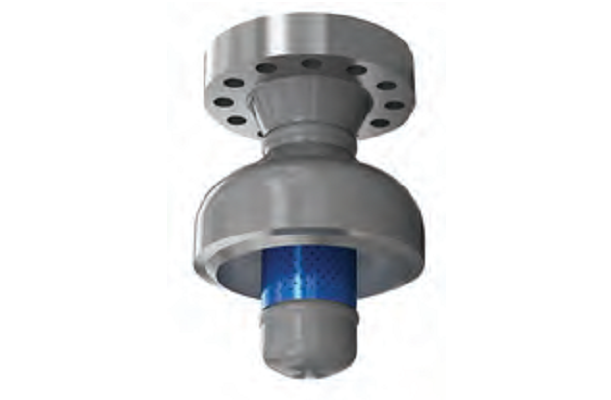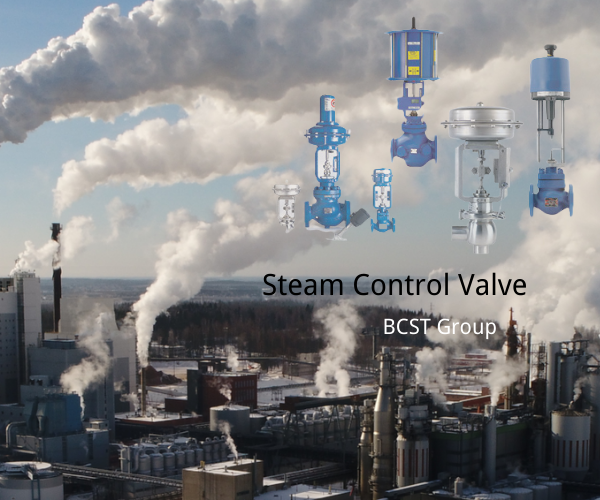
Steam conditioning valves simultaneously reduce steam pressure and temperature to the levels required for a given service. These applications often involve very high inlet temperatures and pressures and the need to minimize both significantly. These valve bodies are, therefore, preferably manufactured using the forged and combined method and are better able to withstand steam loads at high pressures and temperatures. Forged materials allow for higher design stresses than cast bodies. It also has a more optimized crystal structure and inherent material consistency. In addition, the forged construction will enable manufacturers to offer up to Class 4500 and intermediate grades more easily. However, cast bodies are still a good choice when pressures and temperatures are low or when straight-through valves are required.
To cope with the frequent extreme changes in steam characteristics due to temperature and pressure reductions, it is possible to use a forged plus combination body type that allows adding an extended output port to control the outlet steam velocity at lower pressures. Similarly, forged plus combination steam control valves enable manufacturers to provide inlet and outlet connections of different pressure ratings to better match adjacent pipelines, corresponding to reduced outlet pressures.
In contrast to two separate units, we have combined the temperature and pressure reduction functions in one valve.
The advantages are as follows.
It improves the degree of mixing of the spray water due to the optimization of the turbulent expansion area downstream of the pressure-reducing element.
It improves the adjustable ratio.
It is relatively simple to install and maintain as it is one unit.
Different types of steam control valves are available to suit various applications. The following are some typical examples.
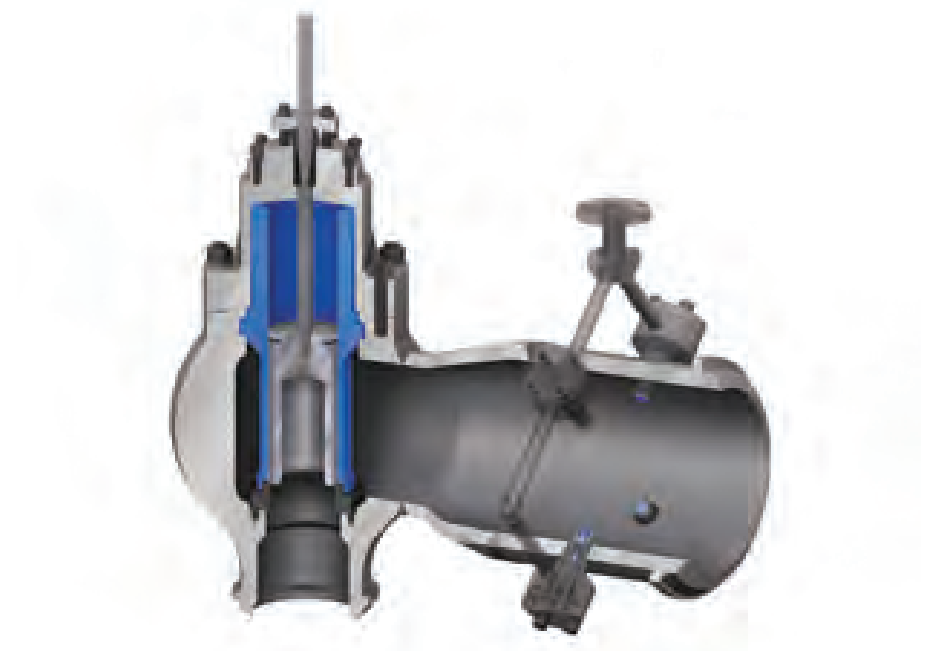
Steam Control Valve
The steam control valve brings together steam’s pressure and temperature control in a single control unit. It represents the most advanced steam temperature and pressure control technology available. These valves meet the need for better steam control due to rising energy costs and more stringent plant operating conditions. Steam conditioning valves provide better temperature control and noise reduction than the equivalent function of temperature and pressure-reducing stations. At the same time, it is less constrained by piping and installation conditions.
The steam control valve shown above contains both pressure and temperature control in one valve. Finite Element Analysis (FEA) and Computational Fluid Dynamics (CFD) are used to design, develop and improve the structural integrity of the valve and optimize its operational performance and overall reliability. The steam control valve’s robust design proves its ability to handle the full pressure drop of main steam. In addition, the flow path design, which also uses control valve noise reduction technology, prevents excessive noise and vibration.
The simplified valve internals used in the steam control valve is constructed to accommodate the rapid temperature changes during turbine start-up. The cage is surface hardened to extend service life and allow expansion in the event of deflection by thermal shock. The spool is equipped with a continuous guide and cobalt inlays. It provides the guiding material and achieves a tight metal seal to the valve seat.
The steam control valve has an integrated tube for water injection downstream of the reduced pressure. This integrated tube features a variable geometry and a back pressure-activated nozzle. It allows for optimum mixing and evaporation of the water.
This nozzle was initially designed for centralized condensing systems where it could reduce the downstream steam pressure below saturation conditions. This type of nozzle allows for a lower minimum flow rate and therefore improves the adjustability of the equipment. A lower DP nozzle back pressure achieves this. It is also beneficial that the increased nozzle DP at smaller openings allows flashing at the nozzle outlet rather than at the inner parts of the water jet valve.
The spring load on the valve plug inside the nozzle prevents such change by driving the plug closed when flashing occurs. When flash steam occurs, the compressibility of the fluid changes, and the nozzle spring forces the closure and recompression of the fluid. Once these actions are complete, the fluid regains its liquid properties and can reshape the fluid into the cooler.
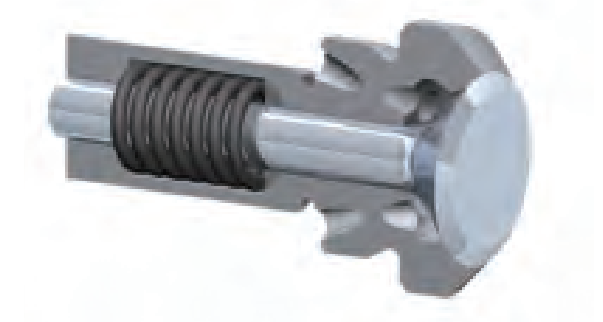
The steam regulator valve sprays water into the center of the pipe, away from the pipe wall. The number of water spray points varies depending on the application. If the pressure difference in steam is significant, the outlet diameter of the regulating valve is significantly increased to accommodate a much larger volume of vapor. Correspondingly, more nozzles are positioned around the outlet to obtain a more even and complete distribution of the jet water.
Within the steam control valve, the simplified arrangement of the valve internals allows it to be used up to higher pressure ratings (up to ANSI Class 2500 or higher) and operating temperatures.
The balanced plug construction of the steam control valve provides a class V seal and linear fluid characteristics. Steam control valves typically use high-performance pneumatic piston actuators and digital valve controllers to provide full stroke action in less than 2 seconds while maintaining a high-precision step response.
Where piping arrangements require, steam conditioning valves can be supplied as discrete components, allowing pressure control within the valve body and temperature reduction in the downstream steam cooler, respectively. In addition, it can use cast straight-through valve bodies in combination with inserted desuperheaters for economic purposes.
Steam desuperheater
Steam desuperheaters are usually used when the depressurization and superheat desuperheating processes must be completed separately. The steam desuperheater is equipped with an integrated tube for water supply. This integrated tube (several integrated tubes can be used) supplies cooling water to several individual nozzles arranged in the wall at the outlet. This allows the very fine cooling water to be sprayed radially into the highly turbulent steam flowing in the axial direction. The large surface area of contact between the cooling water and the highly turbulent steam allows for efficient mixing and evaporation.
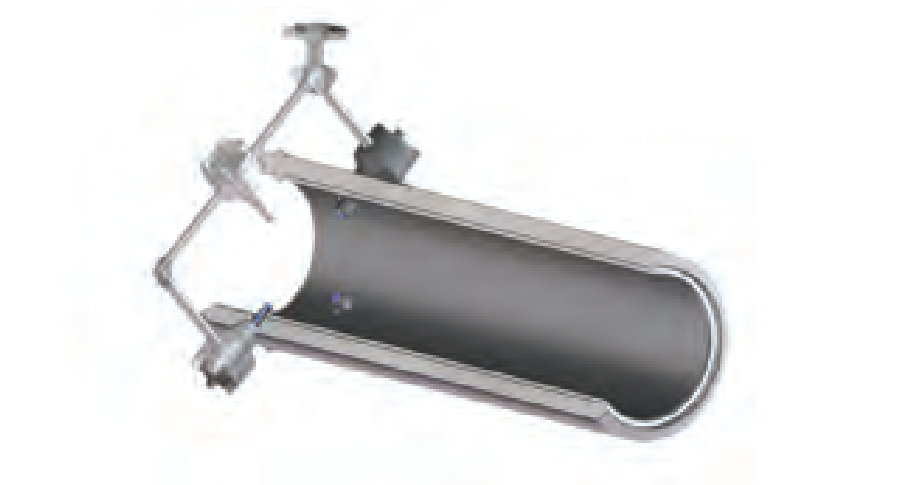
Steam sprinklers
A steam injector is a pressure-reducing device used to safely inject steam into the condenser and turbine exhaust gas piping. In addition, the steam injector provides back pressure to the turbine bypass valve, limits the steam flow rate, and reduces the pipe diameter between the bypass valve and the injector. The design and installation of the steam injector are two key factors when considering the noise level of the overall system. The design of the sprinklers is essential to ensure the functionality of the turbine bypass system. To reduce the noise caused by fluid flow, we can use various noise reduction techniques for steam injectors.
